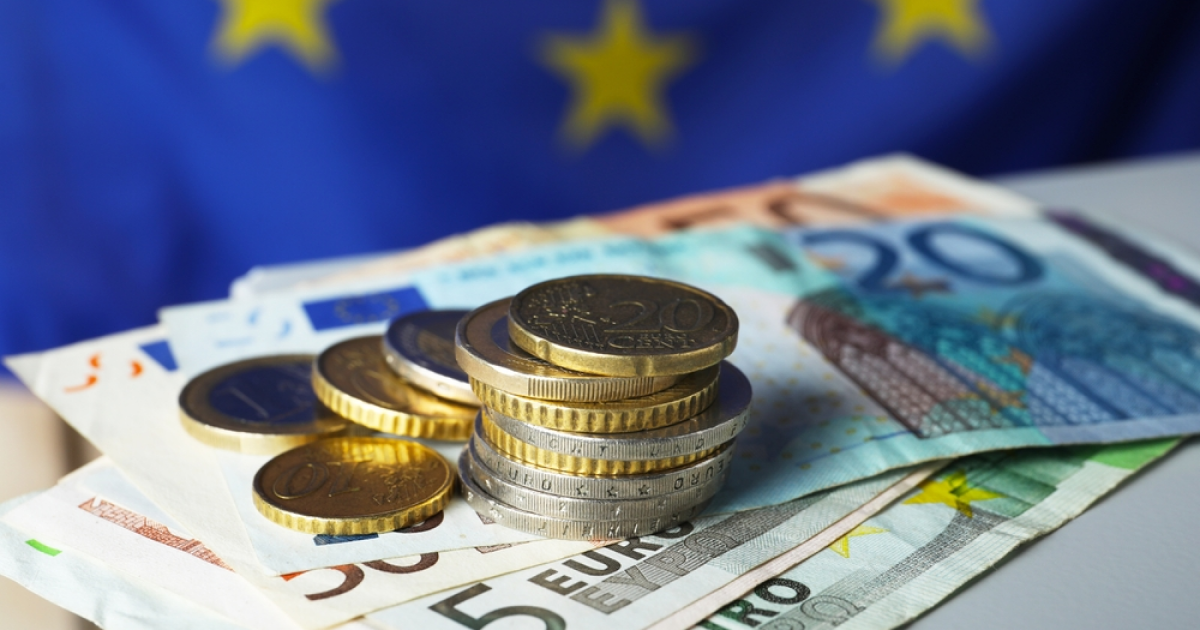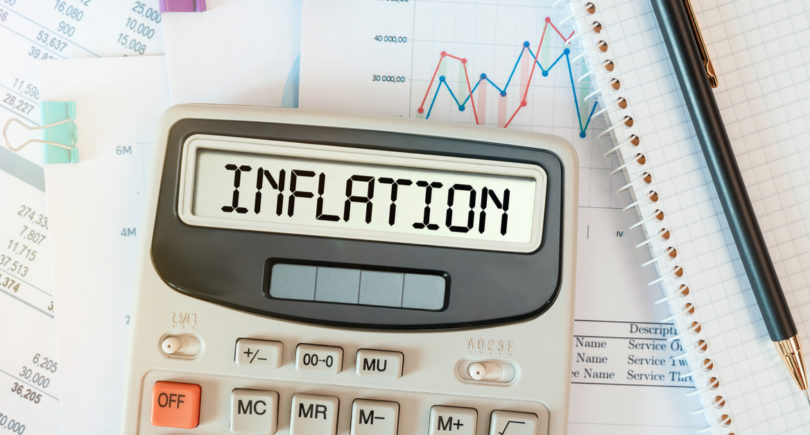
News Global Market EU 2841 03 March 2025
Energy prices rose by only 0.2% last month, compared to 1.9% in January
Inflation in the euro area fell to 2.4% yoy in February 2025. In January, this figure was +2.5% y/y. This is evidenced by preliminary data from Eurostat.
The consensus forecast of analysts, cited by Trading Economics, predicted a more significant weakening – to 2.3%.
Core inflation, which excludes energy and food costs, was 2.6% year-on-year in February, down from 2.7% a month earlier. Energy prices increased by 0.2% after rising by 1.9% in January.
During the month, the bloc member states with the highest annual inflation rates were Estonia (+5%), Croatia (+4.7%), and Belgium (4.4%). The lowest rates were recorded in France (0.9%) and Ireland (1.3%). In Germany, consumer prices rose by 2.8% in February (the corresponding level was in January).
Analysts expect that at this week’s meeting of the European Central Bank, which will be held this week, another interest rate cut will be announced, which will be the sixth since the start of monetary policy easing in June 2024.
As GMK Center reported earlier, the European Central Bank continues to pursue its monetary stimulus policy. On January 30, 2025, the ECB cut all three key interest rates by 25 basis points (bps). Starting from February 5, the deposit rate will be 2.75%, the main refinancing rate will be 2.9%, and the margin loan rate will be 3.15%. Last year, the bank cut interest rates four times.
According to Eurostat’s preliminary estimates, the EU’s GDP grew by 0.8% in 2024 compared to 2023. In the euro area, this figure increased by 0.7% y/y. In the fourth quarter, seasonally adjusted EU GDP grew by 0.1% compared to the previous quarter, and by 1.1% compared to the same period in 2023. In the euro area, the figure remained at the level of the third quarter and grew by 0.9% y/y.




